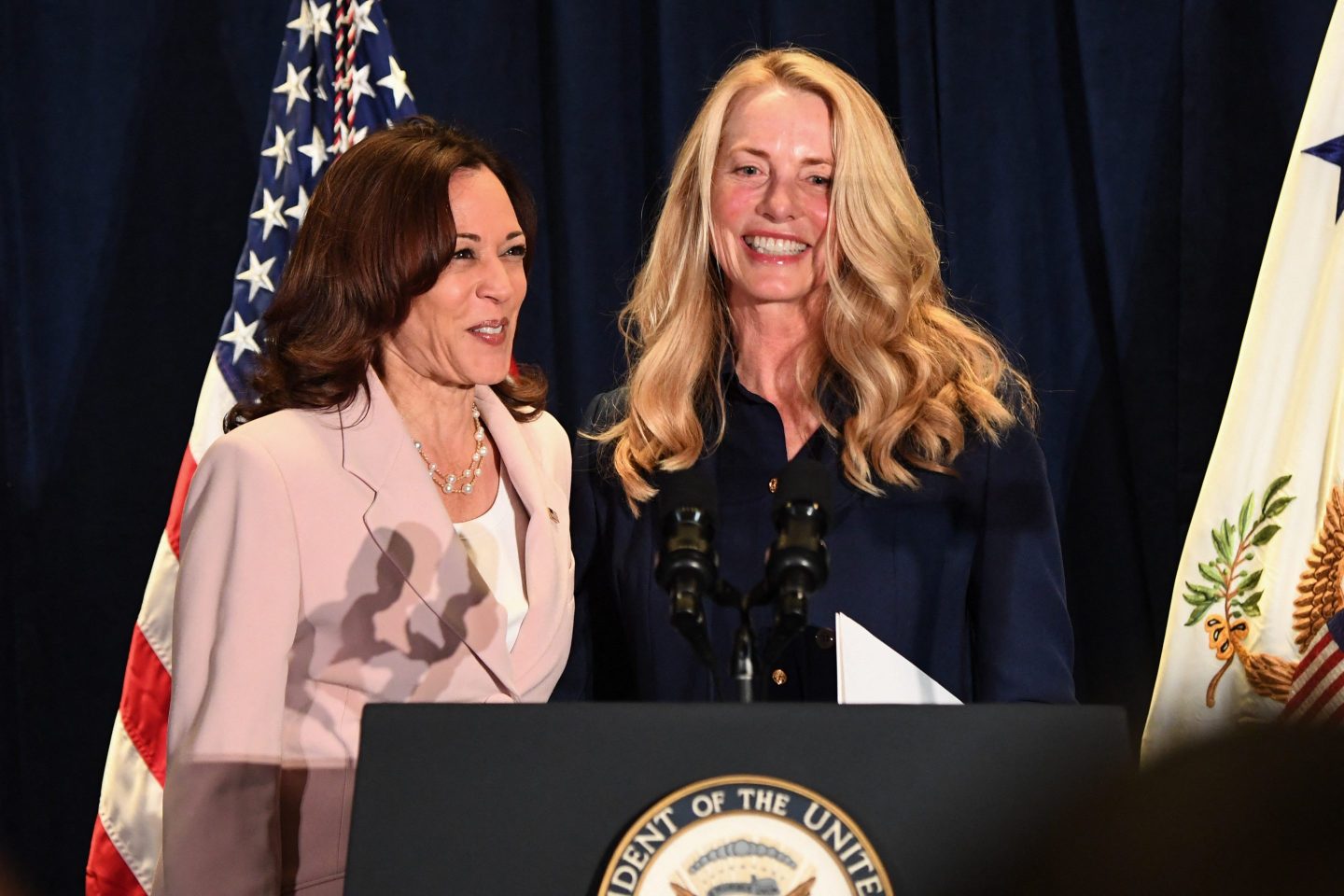In an era of rising interest rates, CEOs face increased economic challenges that demand swift, strategic adjustments to preserve profitability and sustain growth. Below are key strategies that CEOs can implement to successfully navigate the complexities associated with high interest rates.
Cost-Cutting and Efficiency
As borrowing costs rise, one of the most effective ways for CEOs to alleviate financial pressure is by focusing on cost-cutting measures and operational efficiency. By optimizing business processes, reducing waste, and streamlining operations, companies can offset the higher costs of capital.
Key strategies include:
- Automation and Technology Investments: Using automation and AI tools to enhance productivity while lowering labor costs.
- Supply Chain Optimization: Identifying inefficiencies within the supply chain to reduce inventory costs, improve delivery times, and minimize disruptions.
By focusing on efficiency, CEOs can reduce operating expenses and maintain healthy margins, even in challenging economic conditions.
Delaying Investments and Capital Management
High interest rates discourage borrowing, leading many CEOs to delay or scale back major investment and expansion plans. Managing capital carefully becomes essential, requiring businesses to prioritize investments with the highest return on investment (ROI).
Key approaches include:
- Selective Capital Expenditures (CapEx): Deferring non-essential CapEx while focusing on projects that improve operational efficiency or reduce long-term costs.
- Cash Flow Management: Managing cash flow carefully to reduce reliance on external financing and maintain liquidity during uncertain times.
By managing capital effectively, businesses can remain agile and avoid overstretching resources during periods of high interest rates.
Debt Restructuring and Financing Alternatives
For companies with substantial debt, rising interest rates can significantly increase interest payments. CEOs need to explore options for restructuring existing debt or seeking alternative financing sources.
Potential solutions include:
- Refinancing or Renegotiating Terms: Companies can work with lenders to negotiate lower interest rates or extend repayment periods.
- Alternative Financing: Exploring equity financing, asset-based lending, or venture capital as alternatives to high-interest debt.
Restructuring debt or seeking alternative funding options can help reduce the financial strain of rising interest rates on company finances.
Customer Retention and Revenue Diversification
In a high-interest-rate environment, retaining customers and diversifying revenue streams are critical for business stability. CEOs should focus on customer retention efforts and seek out new revenue opportunities to minimize the impact of economic uncertainty.
Strategies to consider include:
- Loyalty Programs and Customer Engagement: Strengthening customer relationships through personalized outreach, loyalty programs, and improved customer service.
- New Revenue Streams: Expanding into new markets or offering additional services, such as subscription models, can help mitigate reliance on one source of income.
These efforts help stabilize revenue and reduce vulnerability to market fluctuations.
Supply Chain Management Adjustments
Rising interest rates can disrupt supply chains by increasing costs and lengthening lead times. CEOs must adapt their supply chain strategies to maintain cost control and avoid operational disruptions.
Recommended adjustments include:
- Diversifying Suppliers: Reducing reliance on single suppliers to mitigate risk and improve negotiation power.
- Local Sourcing: Moving toward local suppliers to lower transportation costs and reduce exposure to international shipping delays or tariffs.
By proactively managing supply chains, businesses can minimize disruptions and maintain cost-effective operations.
Talent and Workforce Optimization
In a challenging economic environment, CEOs must focus on optimizing their workforce, balancing the need to reduce overhead costs with maintaining employee productivity and satisfaction. Instead of layoffs, companies can focus on alternative workforce management strategies.
Key strategies include:
- Upskilling and Training: Investing in employee development and cross-training to maximize the efficiency of the existing workforce without hiring additional staff.
- Flexible Work Models: Implementing hybrid or remote work options to reduce office space costs while also boosting employee morale and retention.
By optimizing workforce management, CEOs can maintain high employee productivity and ensure continued growth despite economic pressures.
Conclusion
Navigating a high-interest-rate environment requires CEOs to adopt a comprehensive approach. Focusing on cost efficiency, strategic capital management, debt restructuring, customer retention, and workforce optimization will help businesses stay resilient and continue to grow in the face of economic challenges. By making these strategic adjustments, companies can remain competitive and secure long-term success.















Post a comment